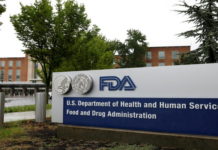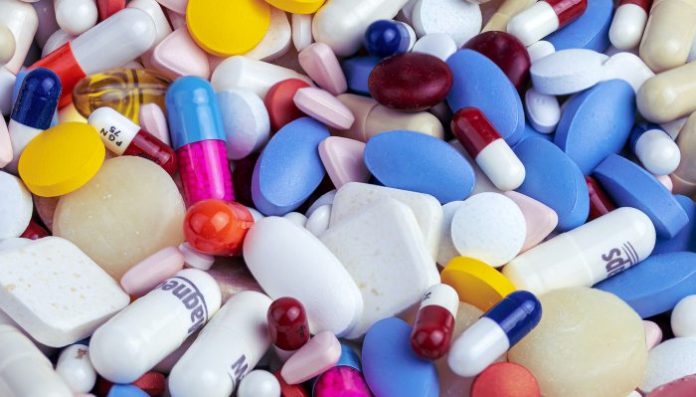Breaking Down the Medicare Part D Coverage Gap: What You Need to Know
Medicare Part D is a prescription drug benefit program for individuals who are eligible for Medicare, which is a federal health insurance program for people who are 65 or older, people with disabilities, and people with end-stage renal disease. However, a coverage gap, also known as the “donut hole,” occurs when the total cost of a person’s prescription drugs reaches a certain amount.
The coverage gap begins when the total drug costs exceed the initial coverage limit and ends when the individual reaches the catastrophic coverage threshold. During the gap, the individual is responsible for paying more for their prescription drugs. This gap can be financially challenging for individuals who rely on Medicare Part D to cover the cost of their medications. Here is what you need to know about the coverage gap and how it works.
1. Initial Coverage Limit
The Initial Coverage Limit is the first stage of the Medicare Part D coverage gap, and it refers to the maximum amount of drug costs that a Medicare Part D plan will cover each year. In 2023, the initial coverage limit is $4,460. Once an individual’s drug costs exceed this, they enter the coverage gap. During this stage, the individual is responsible for paying a larger percentage of the cost of their prescription drugs until they reach the out-of-pocket threshold.
The Initial Coverage Limit is essential to the Medicare Part D program. Individuals must understand this limit and plan accordingly to avoid unexpected expenses. It is also important to note that the Initial Coverage Limit can change yearly. Individuals should stay informed and review their plans annually to ensure they have the best coverage for their needs.
2. Out-of-Pocket Threshold
Once Medicare beneficiaries’ out-of-pocket expenses for prescription drugs reach a certain amount, they enter the catastrophic coverage phase, providing additional protection against high drug costs. The out-of-pocket threshold varies each year and is determined by the Centers for Medicare & Medicaid Services. In 2022, the out-of-pocket threshold was $7,050.
Once an individual reaches this amount, their Medicare Part D plan will cover most of the cost of their prescription drugs for the rest of the year. Not all drug costs count towards the out-of-pocket threshold, so beneficiaries should review their plan’s information to understand which expenses are included fully.
3. Catastrophic Coverage
This is when an individual’s out-of-pocket expenses for prescription drugs have reached a certain amount according to Clearmatch Medicare. Once this threshold is reached, the individual’s cost-sharing percentage decreases significantly, resulting in much lower out-of-pocket costs. In 2023, the threshold is $7,400 for out-of-pocket spending on covered drugs.
It’s important to note that not all out-of-pocket expenses count toward the catastrophic coverage threshold. For instance, the monthly premiums paid for Medicare Part D prescription drug coverage are not considered part of the out-of-pocket expenses. Additionally, not all prescription drug costs count toward the threshold. Only drug costs covered by the individual’s Medicare Part D plan count towards the out-of-pocket threshold. Reaching the catastrophic coverage threshold can provide significant financial relief for individuals with high prescription drug costs.
4. What Drugs are Covered
The drugs covered by Medicare Part D are determined by a formulary, a list of drugs approved by Medicare. The formulary typically includes generic, and brand-name prescription drugs, but not all drugs are covered. Individuals must review their plan’s formulary before enrolling in a Medicare Part D plan. If a drug is not on the formulary, an individual may have to pay the full cost of the medication out-of-pocket or seek alternative treatment options.
Sometimes, a plan may require prior authorization or step therapy before covering a specific drug. Understanding which drugs are covered by a Medicare Part D plan can help individuals better prepare for the costs associated with their prescription drug needs during the coverage gap.
5. How to Navigate the Coverage Gap
Navigating the Medicare Part D coverage gap can be challenging, especially for those who rely on prescription medications to manage their health conditions. To minimize the financial impact of the coverage gap, individuals can consider using generic drugs, comparing prices at different pharmacies, and applying for assistance programs that may be available. Some drug manufacturers may offer discounts or assistance for those who cannot afford their medications. Additionally, individuals can speak with their healthcare provider or a Medicare counselor to explore options for reducing medication costs or transitioning to a different medication.
The Medicare Part D coverage gap can be financially challenging for those who rely on prescription drugs to manage their health conditions. However, resources are available to help individuals navigate this gap, such as applying for assistance programs, exploring generic options, and speaking with healthcare providers or Medicare counselors. It is important to plan and budget accordingly to minimize the impact of the coverage gap on personal finances. Changes to the program have been made to address this issue, and individuals should stay informed about any updates or modifications to the Medicare Part D program.






















